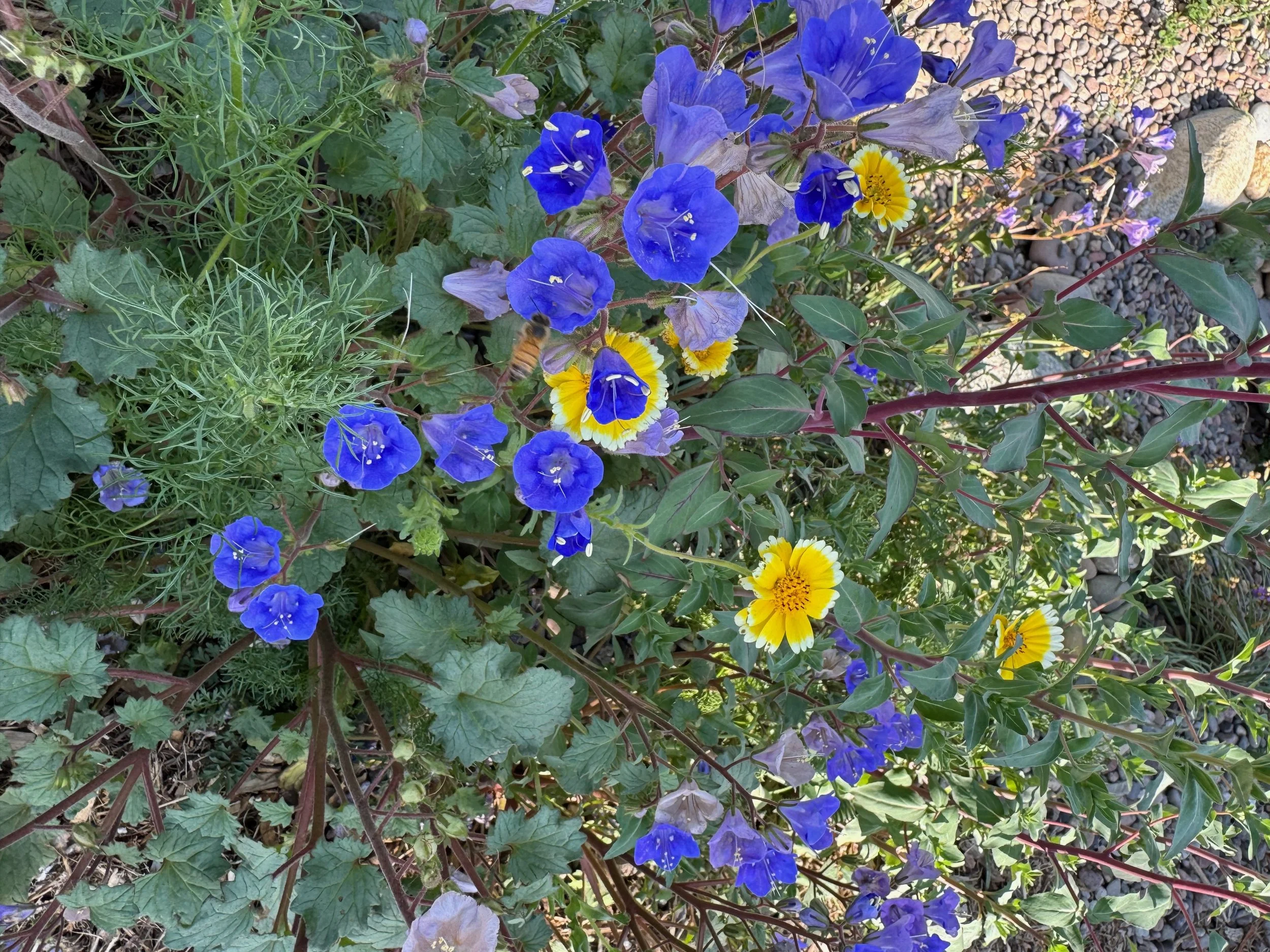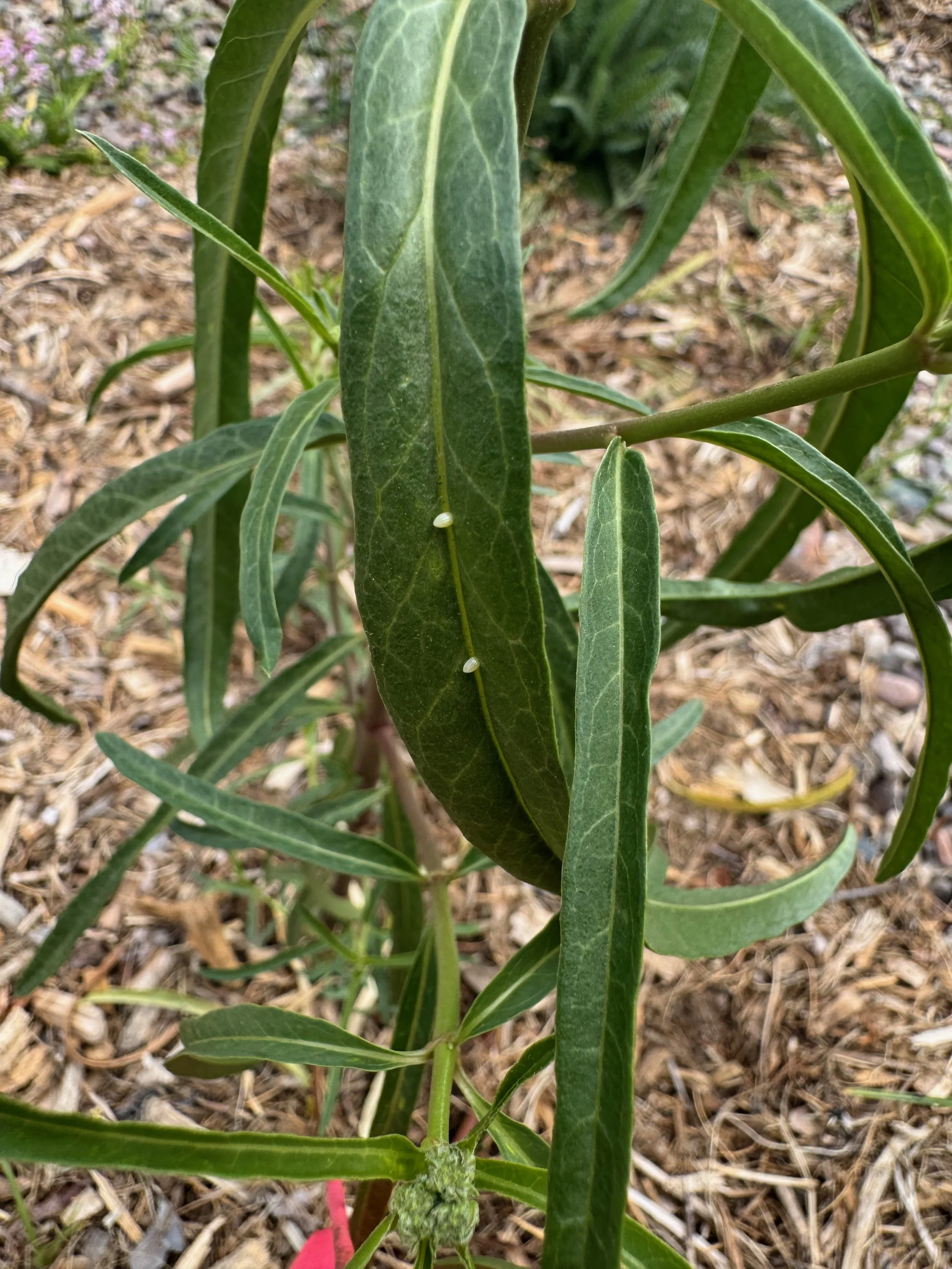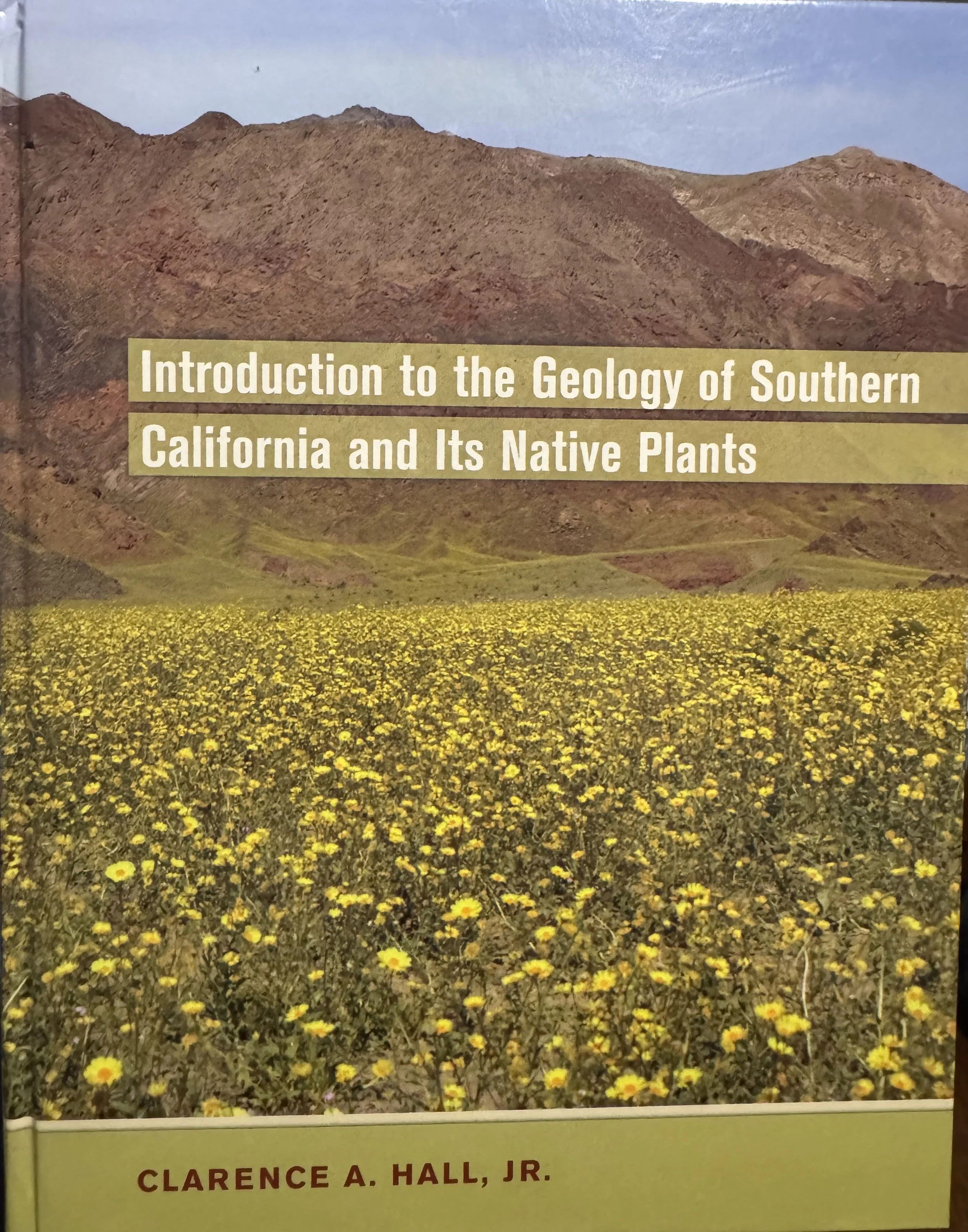Lifecycles
Desertbells (Phacelia campanularia) and Common Tidy Tips (Layia platyglossa) with a western honeybee.
I started this site a few months back, just in time to have to temporarily - and unexpectedly, set it aside for a while. Such is the nature of life with a chronic illness. Sometimes you (I) have to be patient.
However, because I had help from the amazing people at Holistic Gardening Company, the physical part of this project has been quietly progressing. In February, the Holistic Gardening team ripped out the lawn (if you can call a tangle of nut sedge and Bermuda grass a lawn) and replaced it with native seedlings, mulch, and wildflower seeds. After that came quiet care and patience.
The Trojan Monarch native garden has grown while I’ve recovered. As so often in life, most of that growth has happened out of sight. In this case it happened below ground as the seedlings establish the root systems they need to see them through the summer. At the same time, wildflowers emerged, vying with the ever resilient not-lawn I’ve been removing.
Two days ago I walked into my tiny garden to find a carpenter bee hard at work. Yesterday morning it was western honeybees covering the wildflower. By noon the bees had been replaced by butterflies, including a monarch which laid eggs on one of my narrowleaf milkweed plants. It will take more patience until the eggs are ready to hatch, but it seems as auspicious sign as any that it was time to start sharing the Trojan Monarch journey again.
Narrowleaf milkweed (Asclepias fascicularis) with Monarch butterfly eggs. Success!
Where our journey begins
Pre-dawn plant quizzes
Clarence’s textbook, which my class tested in draft form
My journey into the world of native plants of Southern California began many years ago at UCLA, where as a sophomore in my spring quarter I began most weekend mornings facing small red flags near whatever campsite I’d spent the previous night in while my classmates and I struggled to complete our pre-breakfast (and pre-caffeine) plant quiz. I don’t cope well before I’ve had coffee. It is a testament to the undeniable beauty of the natural world, as well as to the incredible passion of the instructor, that I came away from that class with a life-long love of local botany.
ESS 20 with Clarence Albert Hall, Jr. took me on an incredible tour of Southern California - from our first trip to Death Valley to a final exam in Yosemite Valley over Memorial Day weekend. I saw the kinds of desert flowers that bide their time, appearing as if from nowhere in startling bursts of color, as well as giant sequoias that looked as though they’d decided to stay put from the time of the dinosaurs.
Over the intervening years I would smile every time I saw a native plant I recognized and wish that I could see them more often. I read about pollinator collapse and started to wonder if I could grow my own, but lacked anywhere to plant them. I heard a lot of “they’re pretty but you can’t actually grow them…” Until I discovered Tree of Life Nursery in San Juan Capistrano and - more importantly for someone living in Long Beach at the time - their YouTube channel with how to videos. I learned you CAN grow them. I just needed somewhere to plant them.
With a house of my own in Lakewood, California, I finally have the chance to make my own little wilderness. I’ve learned a lot during my years of planning. I’m sure I’m about to learn a heck of a lot more now that I get to try it myself. But all of that learning started with Clarence Hall and Lauri Holbrook, whose friendship over decades has influenced me more than they will ever know.


